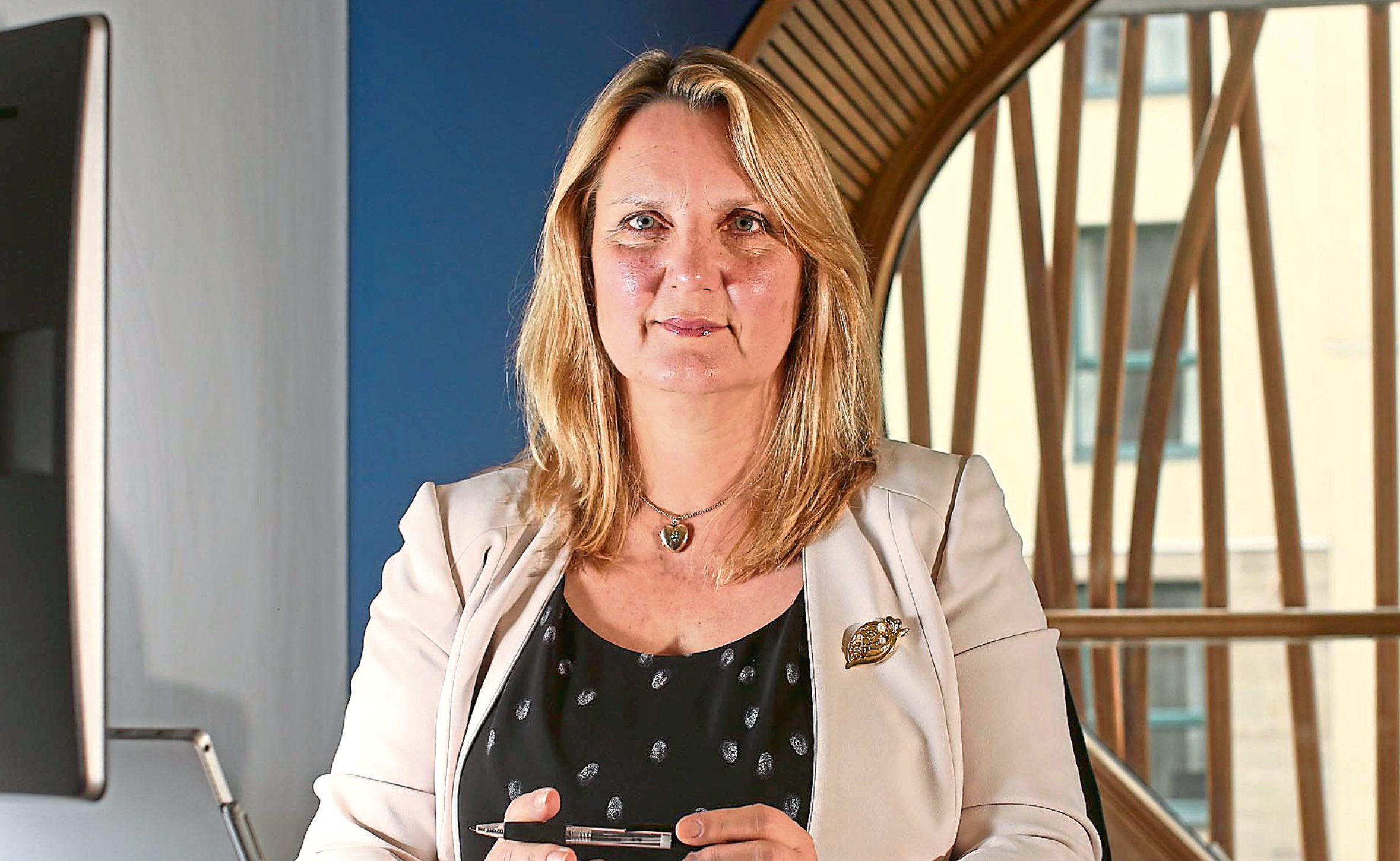
RUTH DAVIDSON’S welfare spokesperson at Holyrood, Michelle Ballantyne – the would-be social security minister if the Tories ever get into Bute House – has sparked outrage by saying it is “fair” that people on benefits should not have more than two children.
When the Tories first mooted the idea of imposing a two-child benefit cap five years ago, it felt like one of those crazy pre-election campaign plans that would wither on the vine as less hysterical approaches to the rising welfare bill were found.
Well, it turned out that even some of the outriders were only slightly more outrageous than the ideas the UK Government was actually working on as it attempted to simplify the benefit system and cut costs with the roll-out of Universal Credit.
Paying benefits fairly is undoubtedly complicated because people’s lives are complex and so, too, are the politics, not to mention Byzantine ways of processing claims and time delays on pay-outs. But Universal Credit has, so far, been an unmitigated disaster.
The idea of a two-child benefit cap may have been a simple one which fed neatly into a particular Conservative sense of pitting the “strivers” against the “skivers”, but when you have to put in place a caveat so inhumane as the “rape-clause” to mitigate it, then surely that should have been the tombstone moment for a government policy which has caused such hardship?
But instead it has enthusiastic cheerleaders such as Michelle Ballantyne and the Scottish Tories at Holyrood waving it on.
None of us plans to be poor but sometimes it happens: divorce, redundancy, insecure tenancy, illness, death – things we all face at some point. Too many workers are just one paycheck away from falling below the poverty line and one bill away, one unforeseen emergency, from being seriously sunk.
The benefit cap takes no account of the unpredictability of life, doesn’t recognise the twists and turns that mean you can’t plan for every eventuality, and Ballantyne has just thrown red meat at the issue.
Most of the families in receipt of tax credits are in work – they just don’t get paid very much. They don’t have the luxury of planning their family based on permanency because their living arrangements are built on financial quicksand.
And if they had to wait until they knew beyond any reasonable doubt that they could afford to provide for a third child for the rest of its life without any state help at all, then our already diminishing population would just shrink further.
Michelle Ballantyne has six children. Did she carefully plan the conception of each? Did she count on never being out of work, being of good health and always having a well-stuffed financial cushion to land on?
The problem for the Tories is, however they try to dress up the two-child cap, however much they describe its accompanying rape clause as a humane response to an unavoidable benefit claim, their approach to welfare still smacks of privilege, eugenics and an inherent right to decide who is deserving and who is not.
And in this case, unforgivably, it is children who are being targeted and who will suffer.

Enjoy the convenience of having The Sunday Post delivered as a digital ePaper straight to your smartphone, tablet or computer.
Subscribe for only £5.49 a month and enjoy all the benefits of the printed paper as a digital replica.
Subscribe